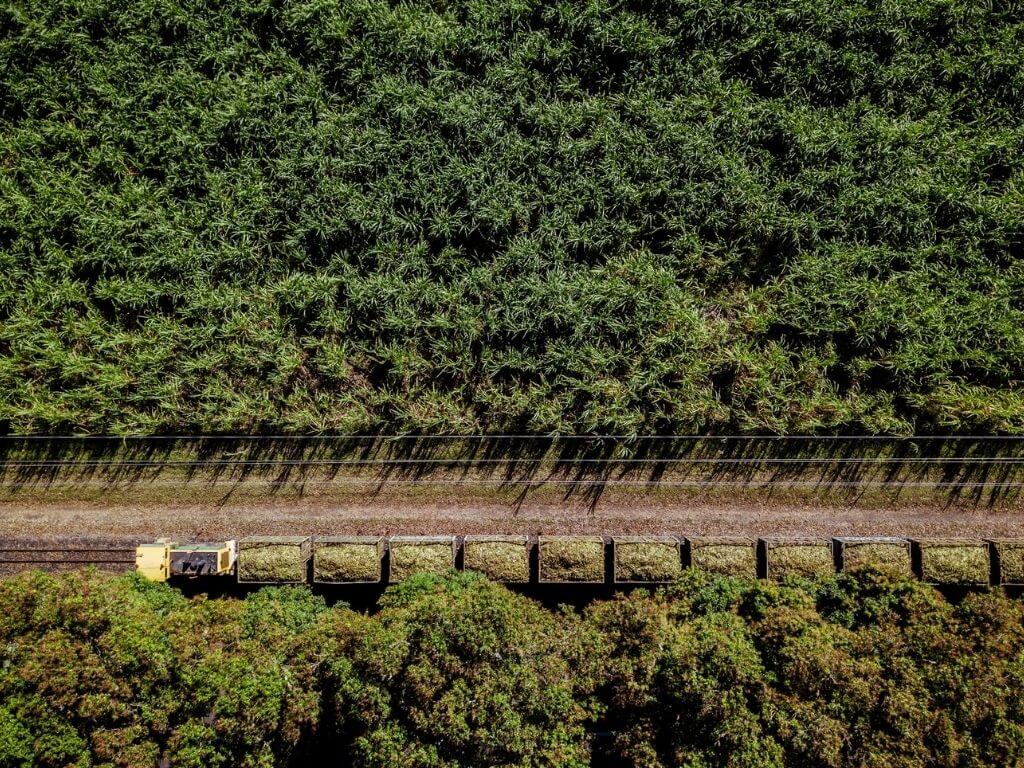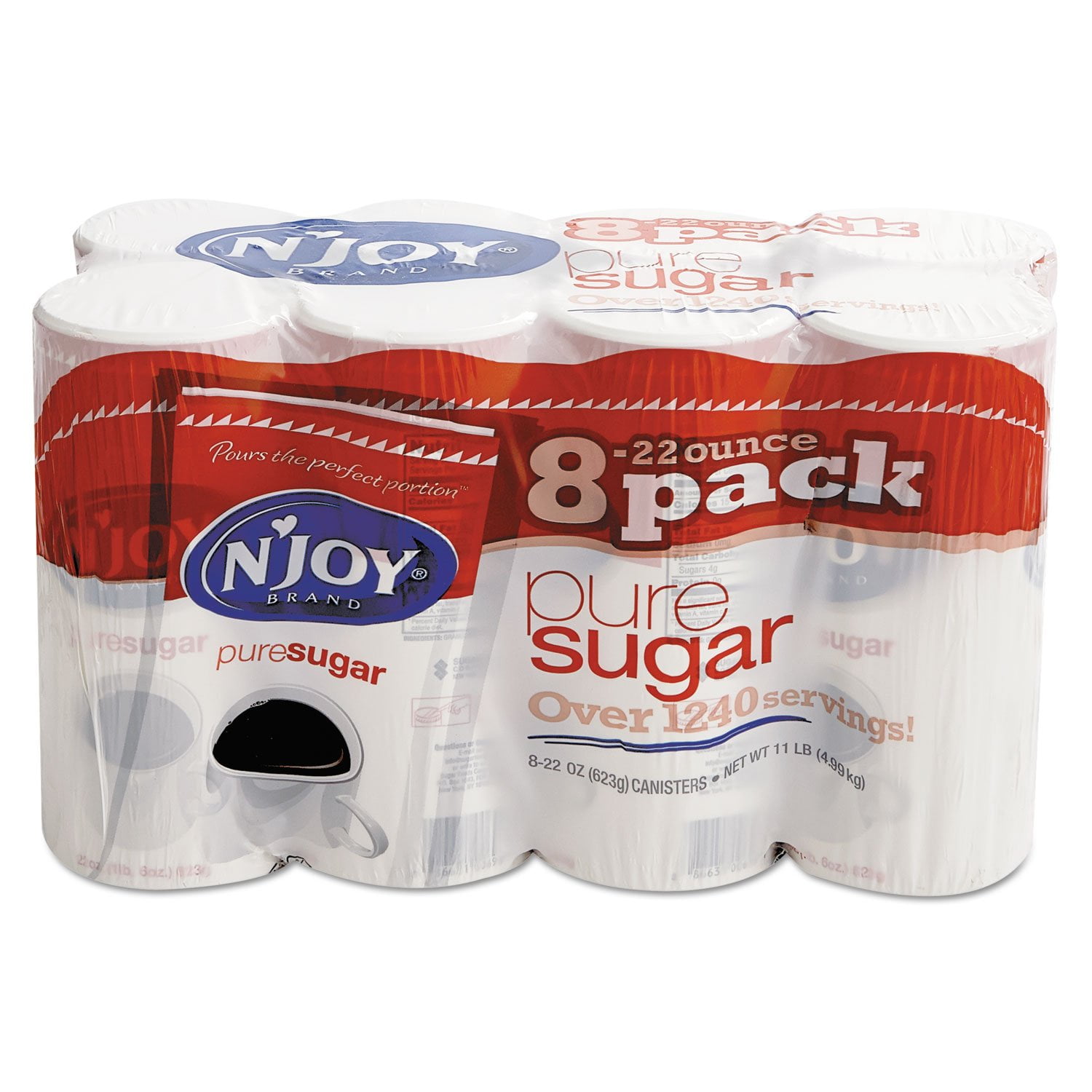Exploring the Versatile Uses of Sugar Cane Beyond Sugar
Sugar Cane is typically linked only with sugar, yet its applications expand much beyond. This flexible crop plays a critical role in various markets, including bioplastics and biofuels. Furthermore, its fibers add to sustainable building and construction and textiles. The financial effects of sugar Cane production even more underscore its importance. As advancements remain to emerge, the capacity of sugar Cane to drive ecological and economic innovations comes to be increasingly obvious. What various other surprises does this resistant plant hold?
The Duty of Sugar Cane in Biofuels
As nations look for lasting energy sources, sugar Cane has actually become a crucial gamer in the biofuels field. This tropical plant is abundant in sucrose, which can be fermented to generate ethanol, a renewable gas choice to fossil gas. The cultivation of sugar Cane for biofuel production not only lowers greenhouse gas emissions however likewise adds to power safety and security, particularly in sugar-producing nations.
Sugar cane-derived ethanol can be mixed with gas, improving its octane score and minimizing reliance on non-renewable sources. The by-products of sugar Cane handling, such as bagasse, are important for generating electrical power, making the whole production cycle energy-efficient.
Research proceeds to discover innovative approaches for making best use of power yield from sugar walking cane, solidifying its function in the shift to cleaner power options. As international need for lasting fuels increases, sugar Cane stands out as an indispensable component of the biofuel industry.
Sugar Cane as a Resource of Bioplastics
The ecological influences of plastic pollution are increasingly concerning, sugar Cane uses an appealing choice as a resource of bioplastics. Stemmed from sustainable sources, bioplastics made from sugar Cane can considerably reduce dependence on petroleum-based plastics. These bioplastics are created through the fermentation of sugars drawn out from the walking stick, causing materials that can be compostable or naturally degradable, depending upon their formulation.
Making use of sugar Cane bioplastics not only lessens carbon exhausts however likewise advertises lasting agricultural practices. By making use of farming waste and results, the general environmental footprint of production is minimized. Furthermore, items made from sugar Cane bioplastics can perfectly incorporate into existing waste monitoring systems, attending to problems concerning waste build-up.
As markets seek lasting remedies, sugar cane-based bioplastics represent a feasible option that aligns with global efforts to fight plastic contamination and promote a circular economic situation.
Medicinal Applications of Sugar Walking Cane
Sugar Cane is acknowledged for its antioxidant properties, which contribute to various wellness advantages. Additionally, it has been used in standard solutions throughout societies, highlighting its significance in alternative medicine. These attributes emphasize the potential of sugar Cane in the field of medical applications.
Antioxidant Characteristics of Cane
Many researches have actually disclosed that sugar Cane possesses significant antioxidant properties, making it a useful part in medical applications. The phenolic substances discovered in sugar cane, such as flavonoids and phenolic acids, contribute to its ability to reduce the effects of complimentary radicals, consequently reducing oxidative stress in the body. This antioxidant task is linked to numerous health and wellness benefits, including boosted cardio health and wellness and improved immune function. In addition, sugar Cane essences have been revealed to show anti-inflammatory results, which can additionally sustain total wellness. By combating oxidative damage, sugar Cane might contribute in the prevention of chronic illness, making it a fascinating topic of research study for its possible restorative usages in modern medication.
Typical Solutions and Uses
While contemporary medication commonly depends on artificial substances, typical solutions making use of sugar Cane emphasize its historical relevance in numerous cultures. In several tropical areas, sugar Cane juice has been utilized as an all-natural solution for conditions such as dehydration and digestion concerns. Its high water web content and important nutrients make it a preferred treatment for urinary system system infections and kidney rocks. Furthermore, sugar Cane is believed to possess anti-inflammatory properties, helping in the relief of sore throats and respiratory system conditions. Individual medication commonly integrates sugar Cane in concoctions to improve energy and boost general well-being. These age-old practices highlight the convenience of sugar walking cane, prolonging its worth beyond sweet taste to include health and health applications.
Eco-Friendly Building And Construction Materials From Sugar Walking Stick
Sugar cane, usually recognized for its sweet yield, is acquiring focus as a source of environmentally friendly construction products. These products supply lasting building services, featuring eco-friendly compounds that lower ecological influence. In addition, sugar cane-derived items give effective insulation properties, enhancing power performance in structures.
Lasting Structure Solutions
As the worldwide demand for sustainable building materials increases, innovative solutions originated from sugar Cane have actually emerged as a viable option. This renewable energy offers numerous applications in environmentally friendly structure solutions, especially with its byproducts. Sugar Cane fibers, known for their strength and resilience, can be used in developing insulation materials and composite panels. Additionally, the juice and molasses from sugar Cane can be processed into bio-based adhesives, decreasing dependence on petroleum-based products. Using sugar Cane not just lessens waste however additionally contributes to decrease carbon exhausts during manufacturing. Integrating these materials right into building methods supports the circular economic climate, advertising sustainability while dealing with the pressing environmental challenges encountered by the construction market.
Biodegradable Compound Products
Biodegradable composite materials have actually gathered interest as lasting alternatives in building, especially those originated from sugar walking cane. These products utilize the coarse results of sugar cane, such as bagasse, to produce composites that are both strong and light-weight. By incorporating these all-natural fibers, producers can generate materials that reduce dependence on non-renewable sources and traditional plastics. The lasting nature of sugar Cane compounds not just minimizes environmental effect but likewise supports farming economic climates by offering added profits streams for farmers. In addition, the biodegradability of these composites warranties that they do not add to long-lasting waste in landfills. As the building and construction industry looks for greener remedies, sugar cane-derived composites provide an appealing course toward extra green building methods.

Insulation Qualities and Conveniences
The insulation properties of environment-friendly building materials originated from sugar Cane deal significant advantages in energy efficiency and climate control. Sugar Cane fibers possess natural insulating top qualities that aid control indoor temperature levels, reducing the demand for too much home heating or cooling. This particular adds to reduce energy usage, promoting sustainability in structure methods. On top of that, using sugar cane-based insulation products is advantageous for indoor air quality, as they are less likely to discharge unstable organic compounds (VOCs) compared to typical insulation products. These products are biodegradable, straightening with eco-conscious construction goals. As the building sector seeks greener choices, sugar cane-derived insulation sticks out as a promising option that combines performance with ecological duty, sustaining both power savings and ecological conservation.
Sugar Cane in the Fabric Sector
Although frequently overlooked, sugar Cane plays a significant role in the fabric industry, primarily through the production of sustainable fibers. These fibers, acquired from the plant's byproducts, are increasingly identified for their environmentally friendly buildings. Sugar Cane fibers, such as bagasse and sisal, are sturdy and naturally degradable, making them eye-catching options to standard artificial fibers.
Their use in fabrics advertises sustainability by minimizing reliance on petroleum-based products while additionally giving an avenue for waste decrease from sugar production. Furthermore, developments in textile handling have actually made it view publisher site possible for suppliers to blend sugar Cane fibers with various other materials, boosting the total high quality and convenience of fabrics.
This change in the direction of incorporating sugar Cane in textiles mirrors a broader fad in the sector, going for environmentally responsible techniques. As need for sustainable products remains to rise, sugar walking stick's function in textiles might broaden, offering both environmental and financial benefits.
Nutritional Advantages and Animal Feed

Additionally, sugar Cane includes important minerals and vitamins that boost the dietary profile of animal feed, boosting immunity and overall health. Its sweet taste and palatability make it an appealing feed choice, urging feed consumption amongst pets. By incorporating sugar Cane right into their diet regimens, animals producers can decrease reliance on traditional feed sources, possibly reducing feed prices while preserving animal wellness and productivity. Sugar Cane arises as a lasting and nourishing option in the field of pet agriculture.
Area The Economic Impact of Sugar Cane Manufacturing
While numerous farming products add to regional economic situations, sugar Cane production stands out as a result of its significant financial impact across different areas. This functional plant not only supplies employment possibility in farming, circulation, and handling however also sustains secondary markets such as transport and production. In nations like Brazil and India, sugar Cane is a critical vehicle driver of country growth, promoting financial stability and enhancing livelihoods.
The byproducts of sugar cane, including ethanol and molasses, further diversify income streams, developing added markets and reducing reliance on conventional sugar - What Is Sugar Cane Used For. Furthermore, as worldwide demand for eco-friendly energy surges, the function of sugar Cane in biofuel manufacturing is coming to be progressively famous, drawing in investments and enhancing local economies. In general, the financial ramifications of sugar Cane production are extensive, affecting both local work markets and wider economic patterns in areas reliant on this vital plant
Frequently Asked Inquiries
Exactly How Is Sugar Cane Processed Into Biofuels?
The handling of sugar Cane into biofuels entails extracting juice, fermenting it right into ethanol, and fine-tuning the item. This approach uses the plant's natural sugars, transforming them right into renewable power sources for different applications.
What Are the Environmental Benefits of Making Use Of Sugar Walking Cane?
The environmental advantages of making use of sugar Cane consist of minimized greenhouse gas exhausts, enhanced dirt health with lasting farming practices, and lower dependence on fossil gas, which jointly add to a more environment-friendly and sustainable farming system.

Can Sugar Cane Be Expanded in Any Kind Of Climate?

Sugar Cane thrives in subtropical and exotic climates, needing warm temperature levels, enough sunshine, and enough rainfall. Its growth is limited in cooler regions, making it inappropriate for pleasant or frozen climates where frost occurs.
What Are the Historic Usages of Sugar Walking Stick?
Historically, sugar Cane offered numerous purposes past sweetening - What Is Sugar Cane Used For. It was used for producing rum, as a resource try these out of biofuel, in conventional medicine, and for crafting materials like paper and molasses, showcasing its varied applications throughout different societies
Exactly How Does Sugar Cane Effect Local Economies?
The influence of sugar Cane on regional economic situations is substantial, offering employment, enhancing farming sectors, and promoting profession. Its farming sustains country resources and boosts regional markets, contributing to general economic development and neighborhood growth.
The economic ramifications of sugar Cane manufacturing better highlight its importance. Acquired from renewable resources, bioplastics made from sugar Cane can greatly reduce reliance on petroleum-based plastics. Naturally degradable composite materials have actually gathered attention as lasting alternatives in building, particularly those derived from sugar cane. These materials use the coarse byproducts of sugar cane, such as bagasse, to develop composites that are both light-weight and solid. While many agricultural products contribute to local economies, sugar Cane production stands out due to its significant financial influence throughout different her comment is here areas.